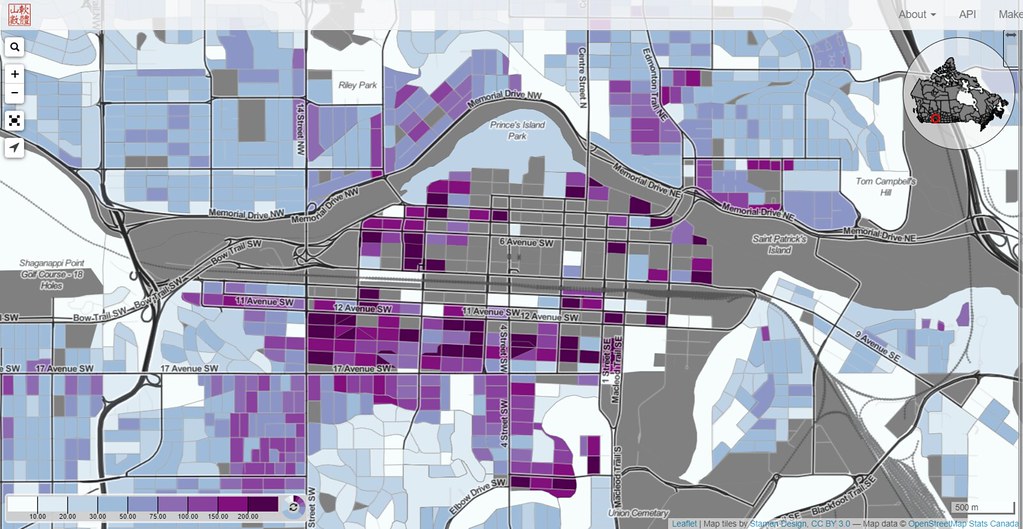I think the differences in design shows how much mindsets (of developers, administrators and the public) have changed since 1980s Eau Claire and 2019 East Village. In the 1980s, a quasi-urban/suburban mall in the city centre was the hot idea. You see this with Eau Claire being set far back from the river and all the gated townhomes that could be plopped from anywhere, without a nod to the fact the river is right there. None of 1980s-era Eau Claire elevated the pathway beyond a nice thing to have but not worth changing designs over. The attractive qualities of the location never referenced the pathway system. To be fair to the folks before us, it would have been hard for developers and the public to make the call and focus development on the pathway too much: the pathway system wasn't nearly as complete as it is today nor ingrained in Calgary's psyche. INner city lifestyle wasn't much of a thing with declining population and auto-centric everything being in vogue. Much of the eastern section of the pathway (e.g. where M2 and East Village is) only came together in the late 1970s not to mention countless network/park quality improvements all over the place.
Fast forward to today. The river pathway has become the inner city's most consistently successful attraction to the point it is influencing the design, commuting patterns and social life of citizens. A whole generation of Calgarians grew up with an always-improving pathway network since 1980s Eau Claire, reinforcing the network in the collective conscious as part of life in the City. The urban population is booming and the Instagram-friendly Bow River is centre stage to many Calgarians.
I always thought the river pathway doesn't get enough credit for it's role in the city's evolution. It's helped immeasurable to create a more connected, pedestrian-focused and urban place. Despite all our auto-centric growth and missing connections - something that gets repeated attention in media etc. - the backbone of a high-quality, mostly grade-separated and highly connected river pathways system is one of Calgary's most important urban assets. I am glad developers are recognizing this with more intentional design choices like M2. I expect much more similar development to come in future years as well as with the recent and significant park/pathway bylaw changes being proposed.
